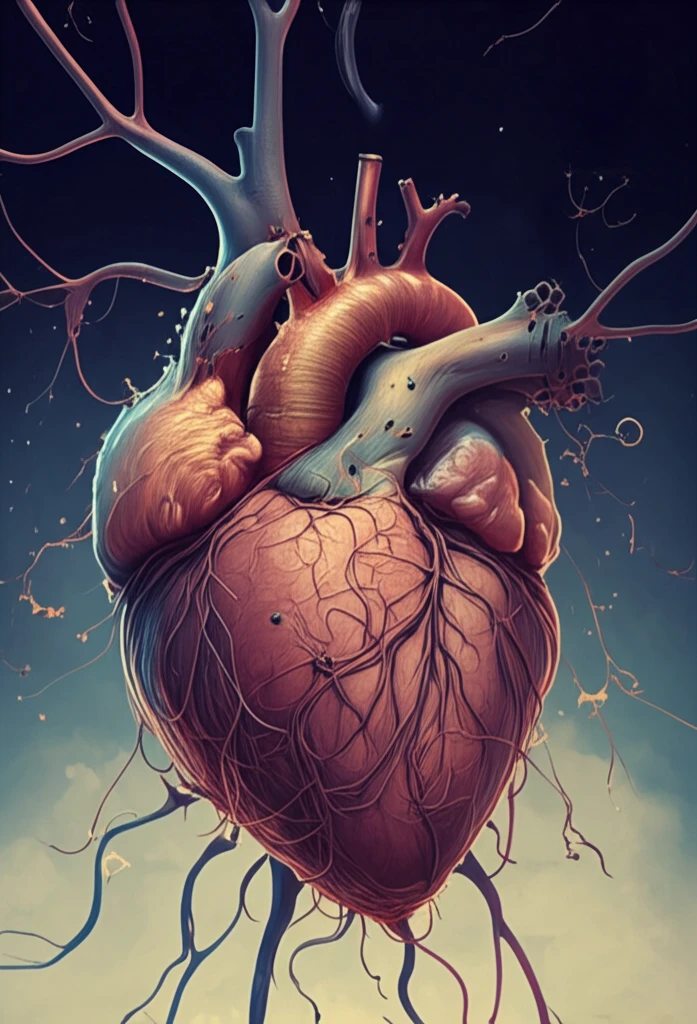
Decoding Emotions: How Your Body Reacts When You Read Someone's Mind
"New research explores the fascinating link between emotion recognition, heart rate variability, and the subtle physiological signals that reveal how we understand each other."
In our daily lives, accurately recognizing emotions is vital for managing relationships. Facial expressions, are powerful tools that convey emotional and cognitive states during interactions with others. New research delves into the physiological responses triggered during emotion recognition tasks, specifically analyzing how our bodies react when we process facial cues.
The study focuses on Heart Rate Variability (HRV) indices collected during the 'Reading the Mind in the Eyes Test' (RMET). This test assesses a person's ability to recognize emotions from images of eyes. Researchers analyzed how HRV is affected by test difficulty, individual performance, demographic factors, and psychological characteristics.
The central idea is that emotion recognition is closely linked to the Autonomic Nervous System (ANS), which in turn, influences Heart Rate Variability. By applying latent class mixed models, this study explores the complex interplay of these measures and their interactions, aiming to understand how our bodies respond when we attempt to understand what others are feeling.
The Science Behind the Signals: How Emotion Recognition Affects Your Heart

The study revealed that correctly recognizing emotions isn't just a mental process – it triggers measurable physiological changes. Researchers used the Reading the Mind in the Eyes Test (RMET) to evaluate participants' emotion recognition abilities and monitored their heart rate variability (HRV) throughout the test.
- Mean of beat to beat (R-R) intervals (meanRR): Average length of time between heartbeats.
- Standard deviations of beat to beat (R-R) intervals (std): Variation in the time between heartbeats.
- Root mean square of successive differences between adjacent beat-to-beat intervals (RMSSD): Measures short-term heart rate variability.
- Standard deviation of the successive differences of the R-R intervals (SDSD): Another measure of short-term heart rate variability.
- Number of pairs of successive normal-to-normal (NN) intervals that differ by more than 50 ms (NN50): Indicates vagal activity, a component of the parasympathetic nervous system.
- Percentage of differences between adjacent NN intervals that are greater than 50 ms (pNN50): Another indicator of vagal activity.
- Average heart rate in beats per minute (mean(bpm)): Average number of heartbeats per minute.
- Sample asymmetry (R1/R2): Measures the symmetry of heart rate fluctuations.
- Dispersion of points perpendicular to the axis of identity in the Poincaré plot (SD1): Reflects short-term variability.
- Dispersion of points along the axis of identity in the Poincaré plot (SD2): Reflects long-term variability.
Unlocking the Future: Implications for Mental Health and Social Connection
This research paves the way for a deeper understanding of the intricate relationship between our minds and bodies in social interactions. By identifying the physiological signatures of emotion recognition, researchers can develop new tools for assessing and improving social skills, potentially benefiting individuals with conditions like autism or social anxiety. Further exploration in this area can illuminate how we process and understand the emotions of those around us, enriching our relationships and enhancing our overall well-being.
